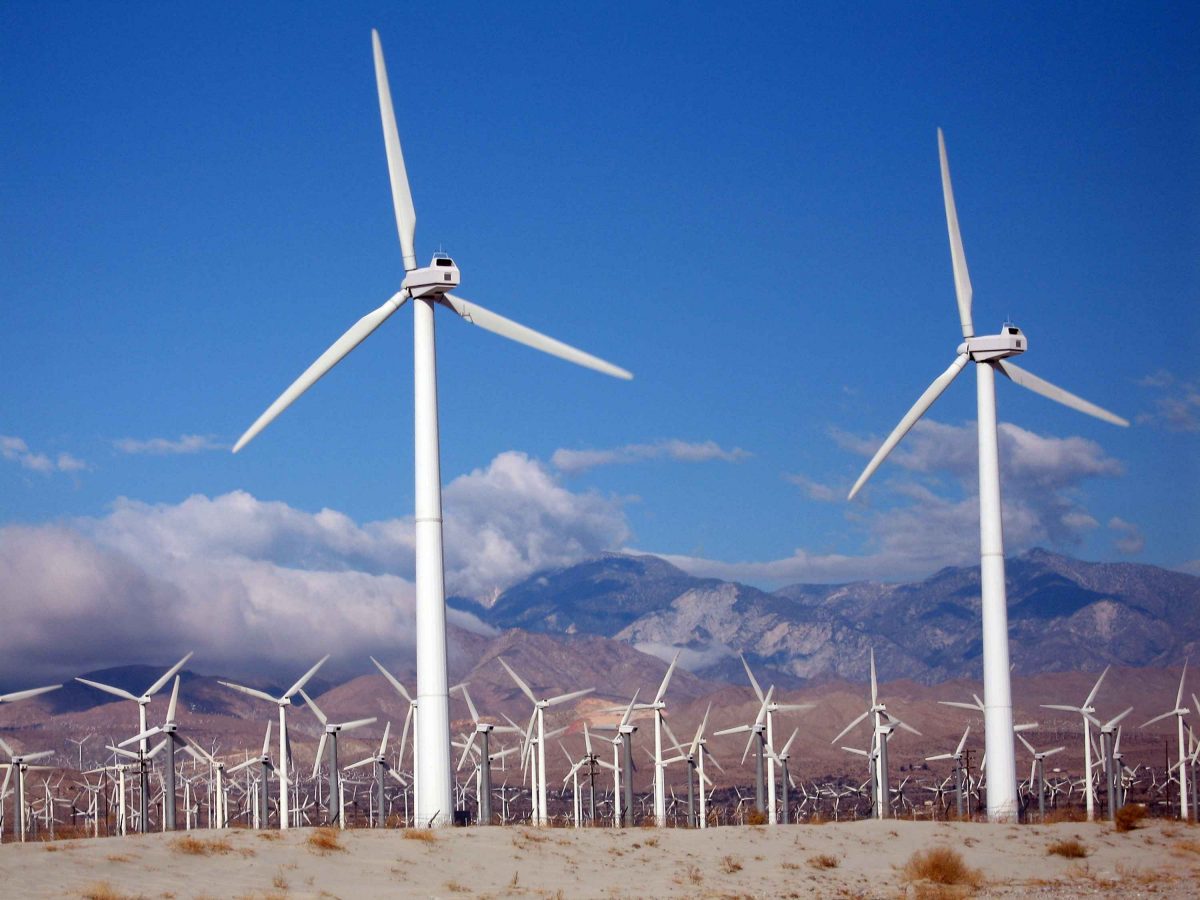Digitale Lehre
Digitale Kursmaterialien; Interaktive Tutorials und Programmierbeispiele (mit MATLAB, Python, TensorFlow, Jupyter, GitHub, ...)
Lehrinhalte
[list]
[*]Physikbewusstes maschinelles Lernen (ML) vereint klassische, physikbasierte Modellierungsansätze mit ML-Methoden, um die Generalisierungsfähigkeiten, Interpretierbarkeit, Robustheit, Verlässlichkeit und Effizienz von ML-Methoden in Ingenieursanwendungen zu verbessern
[*]Einführung in ML-Methoden und deren wesentliche theoretische Eigenschaften, darunter insbes. künstliche neuronale Netze (Approximationsfähigkeiten, Training, Gradienten, etc.)
[*]Grundlagen der physikbasierten Modellierung und Simulation mittels Differentialgleichungen und geeigneter Zeit- und Orts-Diskretisierungsverfahren (z.B. Zeitintegration und Finite Elemente)
[*]Physikbasierte und datengetriebene Modellreduktion und Surrogat-Modellierung (z.B. Modalanalyse, orthogonale Zerlegungen, Kriging, Kernel-Methoden, u.Ä.)
[*]Mathematische Wissensrepräsentationen von Erhaltungsgleichungen & -größen, Symmetrien, Invarianzen, usw. für physikbewusstes ML
[*]Konstruktionsprinzipien zur Information oder Augmentierung von ML-Methoden durch entsprechende Gestaltung von Trainingsdaten, Hypothesen für Eingangs- und Ausgangsgrößen der ML-Modelle, ML-Modellarchitekturen, oder Lern- bzw. Trainingsalgorithmen
[*]Methoden umfassen z.B. Sobolev-Training, konvexe & monotone NN, physikinformierte NN (PINNs), Langrangesche NN, neurale Operatoren, stochastische NN, rekurrente NN, faltende NN, Graphen-NN, Autoencoder, generative NN, Gaußsche Prozesse & Kernel-Methoden, u.Ä.
[*]Anwendungen und Beispiele für Festkörpermechanik, Strukturdynamik, Materialmodellierung, dynamische Systeme, Multiskalen- und Multiphysik-Probleme, (additive) Fertigungsprozesse, digitale Zwillinge, u.Ä.
[/list]
Voraussetzungen
Grundkenntnisse in Maschinellem Lernen, physikalischer Modellierung und numerischer Simulation (insbes. Differentialgleichungen, Zeitintegration, Finite Elemente) sind empfohlen.
Erfahrung mit maschinellem Lernen und Programmierkenntnisse sind vorteilhaft, aber nicht zwingend erforderlich.
Offizielle Kursbeschreibung
Nach erfolgreichem Abschluss des Moduls sollten die Studierenden in der Lage sein:
1. Anwendungsmöglichkeiten für physikbewusstes maschinelles Lernen in der ingenieurwissenschaftlichen Modellierung und Simulation zu kennen und identifizieren zu können
2. Physikalische und mathematische Eigenschaften wie Energieerhaltung, Symmetrien, Invarianzen und Lösbarkeitsanforderungen mathematisch zu formalisieren
3. Grundlegende Ansätze und Algorithmen des physikbewussten ML beschreiben, erläutern und diskutieren zu können
4. Passende physikinformierte und physikaugmentierte Modellarchitekturen mit neuronalen Netzen für verschiedene Anwendungsfelder erläutern und evaluieren zu können
5. Die verbesserten Generalisierungsfähigkeiten, Interpretierbarkeit, Robustheit, Verlässlichkeit und Effizienz von physikbewussten ML-Konzepten erläutern und erklären zu können
Online-Angebote
Moodle
Digital Teaching
Digital course materials; Interactive tutorials and programming examples (with MATLAB, Python, TensorFlow, Jupyter, GitHub, ...)
Course Contents
[list]
[*]Physics-aware machine learning (ML) combines classical, physics-based modeling approaches with ML methods to improve the generalization capabilities, interpretability, robustness, reliability and efficiency of ML methods in engineering applications
[*]Introduction to ML methods and their essential theoretical properties, including in particular artificial neural networks (approximation capabilities, training, gradients, etc.)
[*]Foundations of physics-based modeling and simulation using differential equations and suitable temporal and spatial discretization methods (time integration and finite elements)
[*]Physics-based and data-driven model order reduction and surrogate modeling (e.g. modal analysis, orthogonal decompositions, kriging, kernel methods, etc.)
[*]Mathematical knowledge representations of conservation equations & quantities, symmetries, invariances, etc. for physics-aware ML
[*]Construction principles for informing or augmenting ML methods through appropriate design of training data, hypotheses for input and output variables of ML models, ML model architectures, or learning or training algorithms
[*]Methods include e.g. Sobolev training, convex & monotonic NNs, physics-informed NNs (PINNs), Langrangian NNs, neural operators, stochastic NNs, recurrent NNs, convolutional NNs, graph NNs, autoencoders, generative NNs, Gaussian processes & kernel methods, etc.
[*]Applications and examples for solid mechanics, structural dynamics, material modeling, dynamic systems, multiscale and multiphysics problems, (additive) manufacturing processes, digital twins, etc.
[/list]
Preconditions
Basic knowledge on machine learning, physical modelling, and numerical simulation (in particular differential equations, time integration, finite elements) is recommended.
Experience with machine learning and programming skills are advantageous, but not essential.
Official Course Description
On successful completion of this module, students should be able to:
1. Know and identify possible applications for physics-aware machine learning in engineering modeling and simulation
2. Mathematically formalize physical and mathematical properties such as energy conservation, symmetries, invariances, and solvability requirements
3. Describe, explain and discuss basic approaches and algorithms of physics-aware ML
4. Explain and evaluate suitable physics-informed and physics-augmented model architectures with neural networks for various fields of application
5. Describe and explain the improved generalization capabilities, interpretability, robustness, reliability, and efficiency of physics-aware ML concepts
Online Offerings
Moodle

